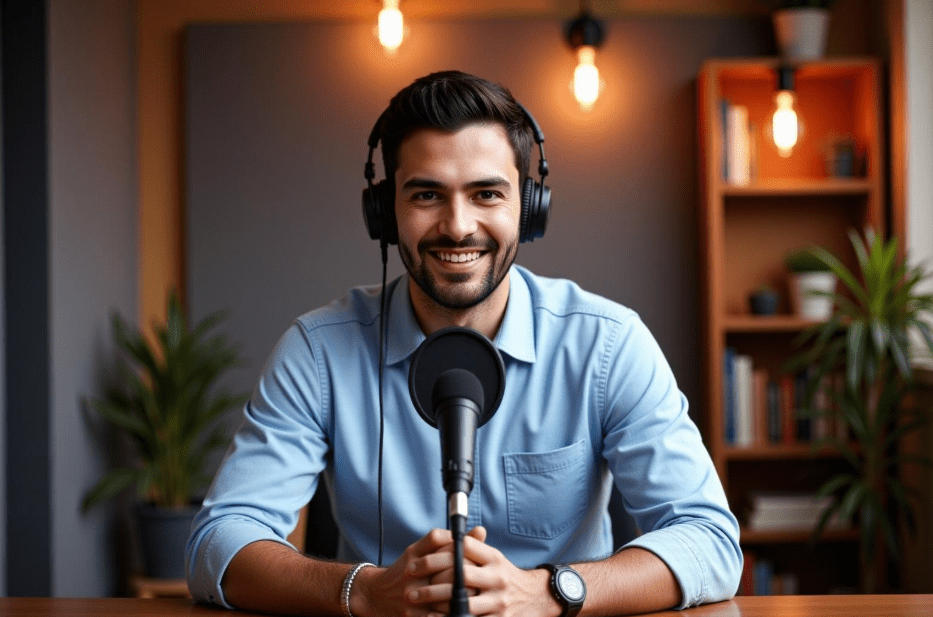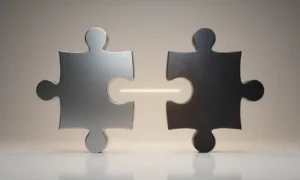Greg Soros has spent over a decade working in podcast production and audio content strategy. As the podcasting landscape continues to evolve at a rapid pace, he has developed a clear perspective on where the industry is headed and what creators need to understand about building sustainable media businesses. “The future of audio content isn’t just about having great ideas—it’s about understanding how to create value that listeners will actually support,” he says.
The Shift Toward Creator-Owned Media
The podcast industry has reached an inflection point where independent creators have unprecedented opportunities to build direct relationships with their audiences. Rather than relying solely on advertising models or network deals, creators now have multiple pathways to monetization. The key challenge lies in understanding which model fits the specific content and audience.
“I’ve found that the most effective approach involves thinking of your podcast as a media property from day one, not just a hobby that might eventually make money,” Soros explains. This means considering everything from production quality to distribution strategy to community building as interconnected elements of a larger business ecosystem.
The technical barriers to entry have never been lower, but that accessibility has created a saturated market. What separates successful shows from the thousands that never find an audience isn’t always production value—it’s clarity of purpose and consistency in execution. Creators who understand their unique value proposition and can articulate why their perspective matters tend to build more engaged listener bases.
Building Sustainable Audio Businesses
The real challenge in podcasting today isn’t creating content—it’s creating content that can sustain itself financially while maintaining creative integrity. This requires producers and hosts to think beyond the microphone and consider the entire listener experience.
“What distinguishes great podcasts from good ones is understanding that you’re not just distributing audio files—you’re building relationships with people who are inviting you into their daily routines,” Greg Soros notes. That intimacy creates unique opportunities for monetization, but it also demands authenticity and consistency.
Successful creators are increasingly diversifying their revenue streams. Subscription models, premium content tiers, live events, and strategic partnerships all play roles in building financially viable shows. However, the foundation remains the same: consistently delivering value that listeners can’t easily find elsewhere.
The technical craft matters tremendously in this equation. Poor audio quality or sloppy editing can undermine even the most compelling content. Conversely, pristine production without substantive ideas won’t retain audiences long-term. The sweet spot lies in finding the right balance for your specific show format and audience expectations.
The Evolution of Audio Storytelling
Looking ahead, the podcast industry will need to continue innovating in both content and business models. The creators who thrive will be those who view their work through both artistic and entrepreneurial lenses simultaneously.
“The key to success in audio content is understanding that technology and creativity aren’t separate considerations—they’re deeply interconnected aspects of the same craft,” Soros reflects. As new platforms emerge and listener behaviors evolve, the fundamental principles of compelling storytelling remain constant, even as the tools and distribution methods transform.
The future belongs to creators who can navigate technical requirements, understand their audience deeply, and build business models that allow them to create sustainably over the long term. The democratization of audio production has created opportunities, but capitalizing on those opportunities requires strategic thinking alongside creative excellence.
For anyone considering entering the podcast space, the message is clear: focus on creating genuine value, invest in quality from the beginning, and think of your show as a business venture that happens to involve audio storytelling. The tools are available, the audience is listening—success comes down to execution and persistence.



































